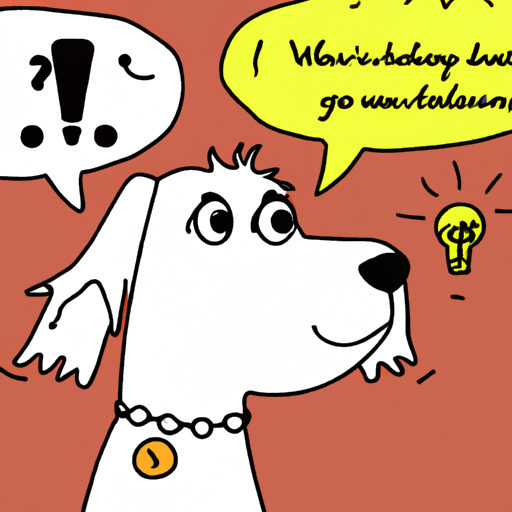Introduction
You’ve likely asked this question countless times as you’ve cuddled, played with, or comforted your canine companion. Maybe you’ve noticed how your dog wags their tail when you praise them or how they tilt their head when you ask a question. But, do dogs really understand what we’re saying? Let’s delve deeper into this intriguing topic.
The Science Behind Canine Communication
Scientific studies suggest that dogs have a deeper understanding of human speech than we initially thought. A study conducted at Eötvös Loránd University in Budapest used MRI to observe dogs’ brain activity while their owners spoke to them. The results were fascinating.
| Owners’ Speech | Dogs’ Brain Response |
|---|---|
| Praise words spoken in a positive tone | Strong response in reward centers |
| Praise words spoken in a neutral tone | Less response in reward centers |
| Neutral words spoken in a positive tone | Less response in reward centers |
The study concluded that dogs not only recognized the tone of the words but also the meaning, showing a level of comprehension similar to human infants.
Understanding Through Body Language
While dogs may not understand every word you say, they’re experts at interpreting body language and tone of voice.
- Positive Body Language: Dogs understand when you’re happy, excited, or pleased with them. Your open body language, relaxed facial expressions, and high-pitched voice communicate positive emotions.
- Negative Body Language: Conversely, dogs can sense when you’re upset or angry. They respond to your closed body language, stern voice, and frowning expressions.
How to Enhance Communication With Your Dog
You can enhance communication with your dog by:
- Maintaining Consistency: Use the same words or phrases for specific actions or commands. This consistency helps your dog associate words with actions or objects.
- Using Simple Language: Dogs understand short, simple words better than complex sentences. For example, say “sit” instead of “can you sit down?”
- Reinforcing Words with Actions: Pairing words with actions helps your dog make the connection faster.
The Emotional Bond With Your Dog
While dogs may not grasp every word you say, they are incredibly attuned to our emotions. They can sense when you’re happy, sad, anxious, or excited, and they often mirror these emotions. This emotional bond with your dog is what truly makes them man’s best friend.
Frequently Asked Questions
Q: Do dogs understand all languages?
A: Dogs don’t understand languages per se. They respond to consistent sounds and tones that they associate with certain actions or behaviors.
Q: Can dogs identify specific words?
A: Yes. Dogs can learn and respond to specific words, especially when these words are associated with actions or rewards.
Q: How many words can a dog understand?
A: According to Stanley Coren, a professor emeritus in psychology at the University of British Columbia, an average dog can learn 165 words, similar to a 2-year-old child.
Q: Can dogs understand human emotions?
A: Yes. Dogs are highly empathetic creatures and can sense human emotions through body language and tone of voice.



